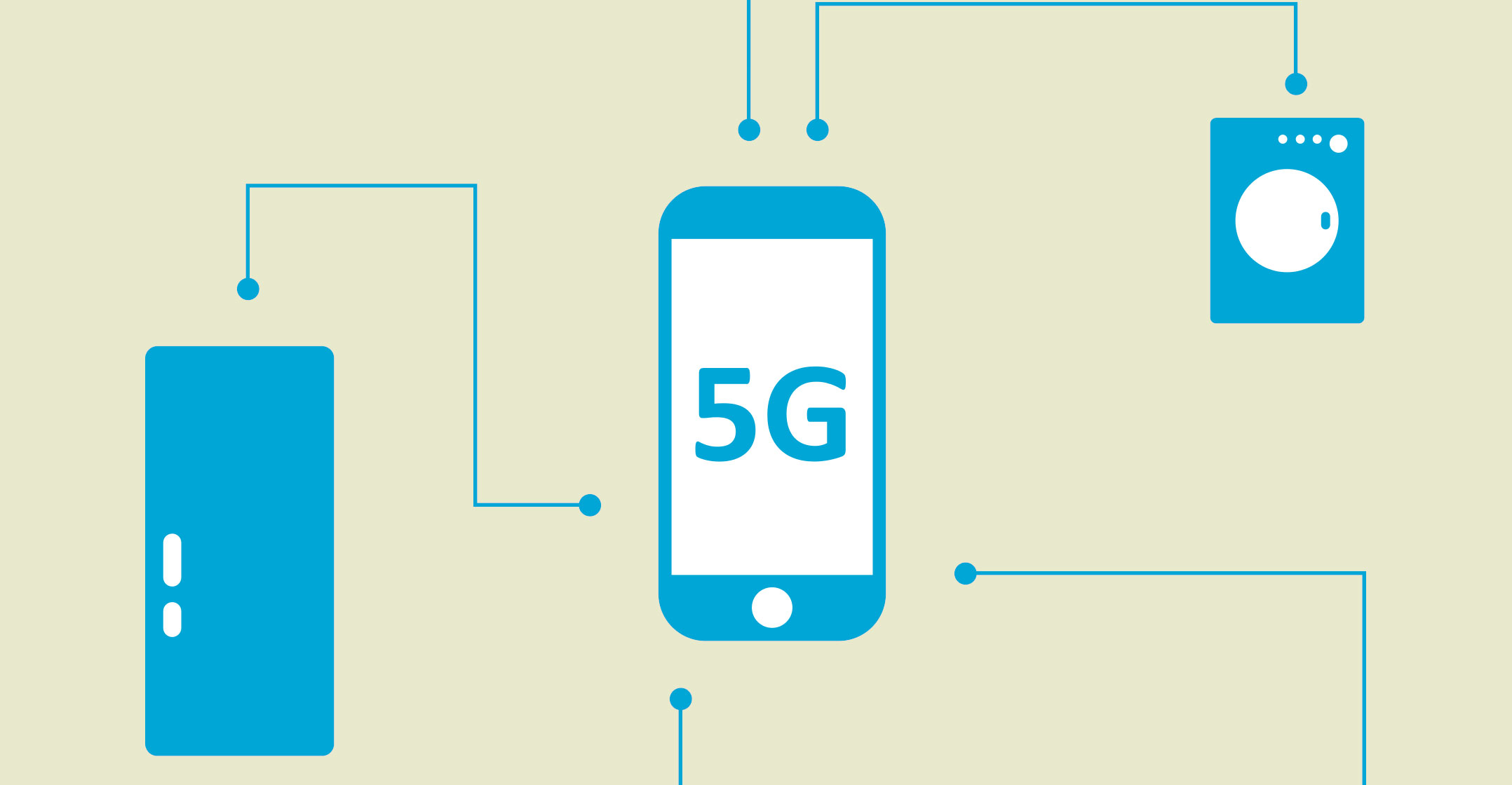 The more consumer audiences become comfortable with technology, the more they tend to reach poor conclusions on how to measure technology. Look at megapixels on cameras, a number that already had little worth a few years ago. The simple fact is that more megapixels only ensure more pixel depth for a larger image.
The more consumer audiences become comfortable with technology, the more they tend to reach poor conclusions on how to measure technology. Look at megapixels on cameras, a number that already had little worth a few years ago. The simple fact is that more megapixels only ensure more pixel depth for a larger image.
So if you plan to print a poster, more megapixels is good. But it doesn’t make for a superior image on a computer screen. The sensor on a camera is much more important. Yet for a long time people would flock to higher megapixel devices, spending money for an improvement they didn’t need.
Ditto for 4K. It’s fantastic on large displays, televisions above 50 inches and electronic billboards. It is not much use on a laptop screen or a smartphone. But we are absolutely inching towards that and one day you will host 30GB 4K movies on your phone where the screen is too small to benefit from the added detail.
In tech, “bigger is better” has become a persistent fallacy, one even dogging business upgrades.
And then we have 5G. On paper, 5G looks fantastic, especially if you go by the wonderful speeds being promised. It is such a topic of note that many want to pin Apple’s future downfall to a late delivery of 5G devices. Such articles are stuffed with mentions of how fast 5G is and how much more significant its arrival will be.
There are two problems with those claims, both of which betray ignorance among both consumers and those who cover technology topics. Those blistering speeds 5G promises? They require very high-frequency radio waves, the likes that are power-hungry to generate. The lower the frequency, the less data you can transfer, so high-speed 5G needs considerably more muscle than other wireless broadband standards.
Short distances
In addition to this, 5G doesn’t travel far. Like the 5GHz setting on modern Wi-Fi routers, 5G carries more data but travels shorter distances. Much shorter, in fact. We’re talking a drop from kilometres of coverage to a few dozen metres. Tower and infrastructure density is a real barrier to 5G as a broadband option for mobile devices. It has problems with density as well: concrete walls are great barriers for high-frequency radio signals.
5G also changes how frequencies are used, taking it down from centimetre to millimetre bands. That means new antennas and new tower configurations. Those are not impossible, but in an environment where infrastructure costs are used to defend data prices, there is a gap between operators’ business models, consumer behaviour and making 5G practical at the same level as 3G or 4G.

In fact, talk to mobile operators and they will move the conversation to how under-exploited 4G is and how 4G is the future backbone for data. 5G is more likely to be used for short-distance, high-bandwidth, fixed-point connections, not unlike how microwave is currently used to fix last-mile broadband. It also has excellent potential for Internet of things and machine-to-machine applications. What 5G will not be, at least not in the near future, is a competitive replacement for current mobile broadband.
Yet combine Apple’s tardiness with the big numbers touted by 5G enthusiasts and it paints a salacious picture of imminent doom for Cupertino. Alas, those views are authored by people who read the can and now think they understand the recipe. Apple’s problems have more to do with Dutch disease: too much stake on too few revenue streams. Google and Facebook will inevitably run into the same problems if they cannot radically diversify (as Amazon and Microsoft have been doing).
But 5G? Don’t believe the hype, at least not if you are imagining 1Gbit/s speeds on your phone while at the gym. If you get those speeds, you will more likely thank clever uses of 4G and Wi-Fi offloading. It will likely be your gym’s Wi-Fi, using 5G to connect to the nearby fibre backbone a few hundred metres away. In other words, not using your phone’s 5G antenna.
5G will be revolutionary in many ways, but not how the headlines are proclaiming. Nobody is promoting 5G harder than infrastructure builders (who make money from selling it) and mobile brands eager for a seat at the table. Their predictions are not aligned with actual consumer use cases. Apple being late to the 5G party will be a good thing, both to let the technology mature and to avoid the inevitable public backlash when they realise they are being sold a bridge.
- James Francis is a freelance writer whose work has appeared in several local and international publications




